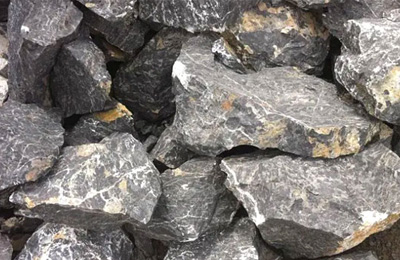Limestone is a sedimentary rock composed mainly of calcium carbonate (CaCO3) and is widely used in the construction industry for building materials, roadbeds, and cement production. The limestone crushing process involves several stages including primary crushing, secondary crushing, fine crushing, and screening.
limestone Crushing Technology:
The first stage in limestone processing is primary crushing, where a large machine called a jaw crusher is used to crush the rocks into smaller pieces. The jaw crusher has a fixed jaw and a moving jaw, which move back and forth to apply pressure to the rock and break it into smaller pieces. After primary crushing, the crushed limestone is then conveyed to a secondary crushing machine called an impact crusher, which is used to further crush the rock into even smaller sizes.

Once the limestone has been crushed to the desired size, it is then transported to a screening machine where it is separated into different sizes. The screened limestone is then stored in silos or stockpiles until it is needed for use in the construction industry.
Application of limestone:
In addition to its use in construction, limestone is also used in the manufacturing of cement. To produce cement, limestone is mixed with other materials such as clay and sand, and then heated in a kiln. The heat causes the limestone to undergo a chemical reaction, producing calcium oxide (CaO) and carbon dioxide (CO2). The calcium oxide is then mixed with water to produce calcium hydroxide (Ca(OH)2), which is used to make cement.
In conclusion, limestone crushing and processing involves several stages, including primary crushing, secondary crushing, fine crushing, and screening. The crushed limestone is then stored and used in the construction industry for building materials, roadbeds, and cement production. Limestone is an important resource and its efficient processing is crucial to the construction industry.
